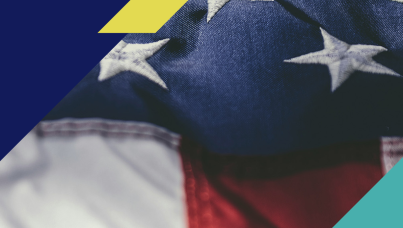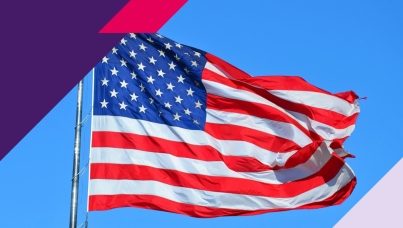A tale of two Americas
While politics in America has not been mild or easygoing any time in recent memory, this past week kicked it up another notch. In the past few days, former president Donald Trump was arraigned in Manhattan on fraud charges, a polarized and consequential state Supreme Court race concluded, and the Tennessee House GOP expelled two Black Democratic lawmakers over gun violence protests. What a week.
It’s not over yet. Title 42, the pandemic-era ban on immigration, ends in a month, which will inevitably restart debate on one of the hot-button topics of American politics.
In short, polarization is front and center in public conversation. In the five charts below, we unpack Americans polarized reality on guns and immigration.
- Polarized problems. Nothing divides Democrats and Republicans more than gun violence and immigration. For Democrats, gun violence is the main issue of the day. On the other side, many Republicans see immigration as the top problem for the country. Neither side agrees. It is the tale of Two Americas, laid out in red and blue.
- Gun owners vs. AR-15 owners. More Republicans than Democrats own guns. And when it comes to AR-15 ownership, that gap grows. Guns divide Americans, but AR-15s divide us even more. Again, an ideological divide defined by red and blue.
- AR-15 divisions. Nearly all AR-15 owners have friends and family who also own AR-15s. For gun owners overall, that’s not the case. Much like our polarized friend and family groups, guns, and AR-15s in particular, act as a pervasive fault line for Americans. There is no halfway or in-between here. You are either on the team or not on the team. The tale of “two” again.
- Nativism polarized. Over the past nearly three decades, Republicans and Democrats have moved farther apart on nativism. In the mid-1990s, most Democrats and Republicans agreed that employers should prioritize hiring people from this country over immigrants. While opinion among Republicans is stable, Democrats dropped 28 points on this question. It is a divisive and defining issue. This is our Nativist nation.
- Nativism by the numbers. When understanding nativist attitudes, partisanship and news source beat out all other demographics in understanding the social pressure points around nativism. College education, age, and race also drive differences here, but not to the same extent. Nativism splits the country in two.
The country is deeply divided. Guns and immigration are one of the most pronounced splits in attitude. Democrats see guns as the issue of the day, while Republicans don’t. Neither side can agree on immigration. What is left is two Americas with two different sets of worries, communities, and ideas of what it means to be American. What did Lincoln say about a “house divided”? This is our reality today.



